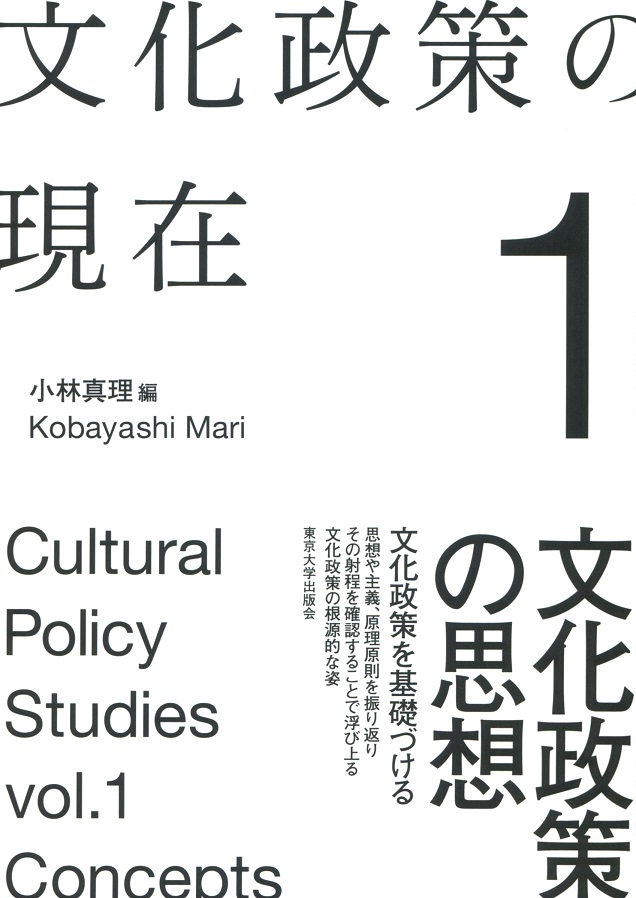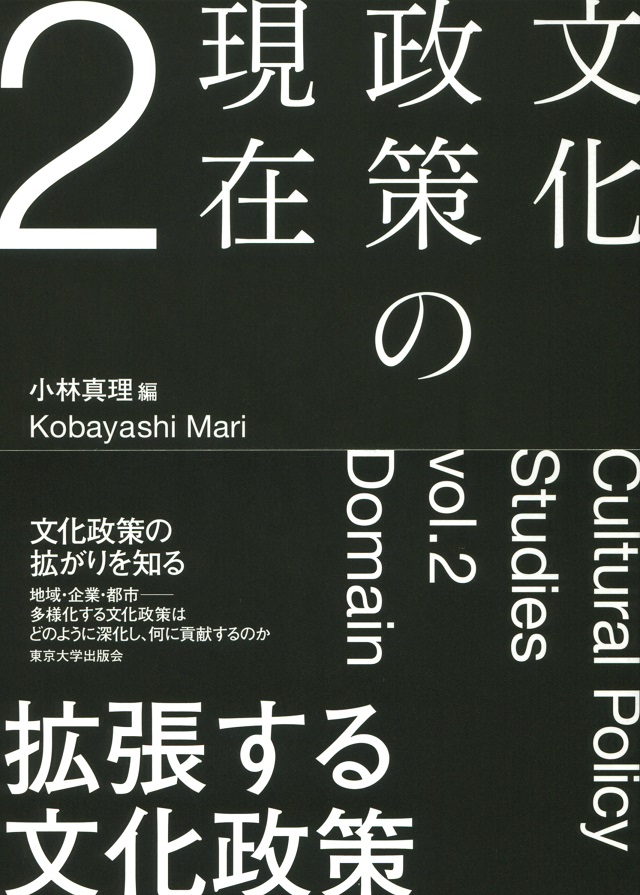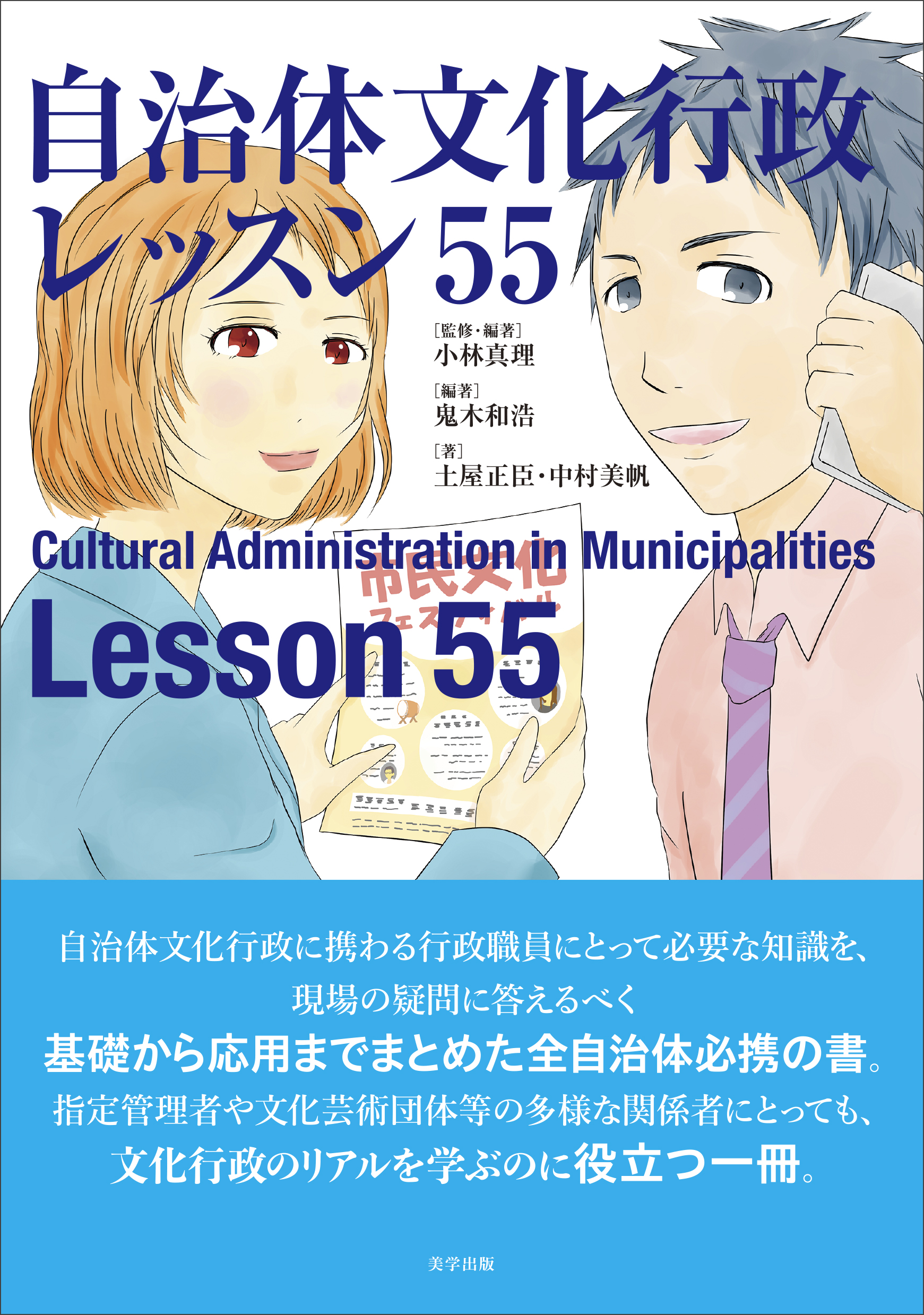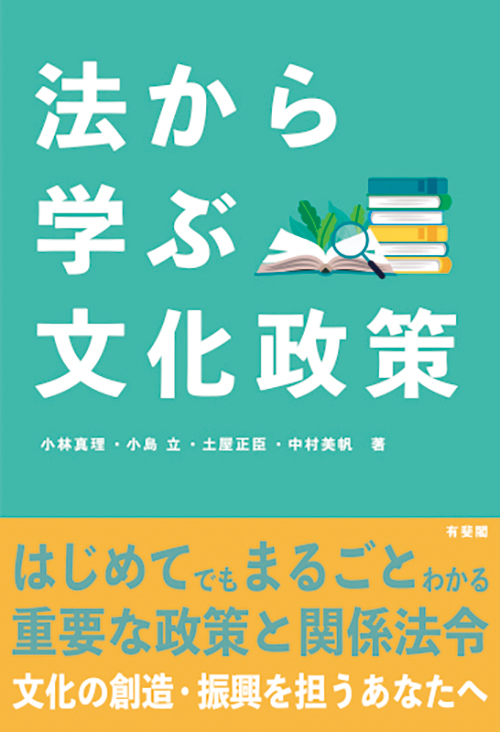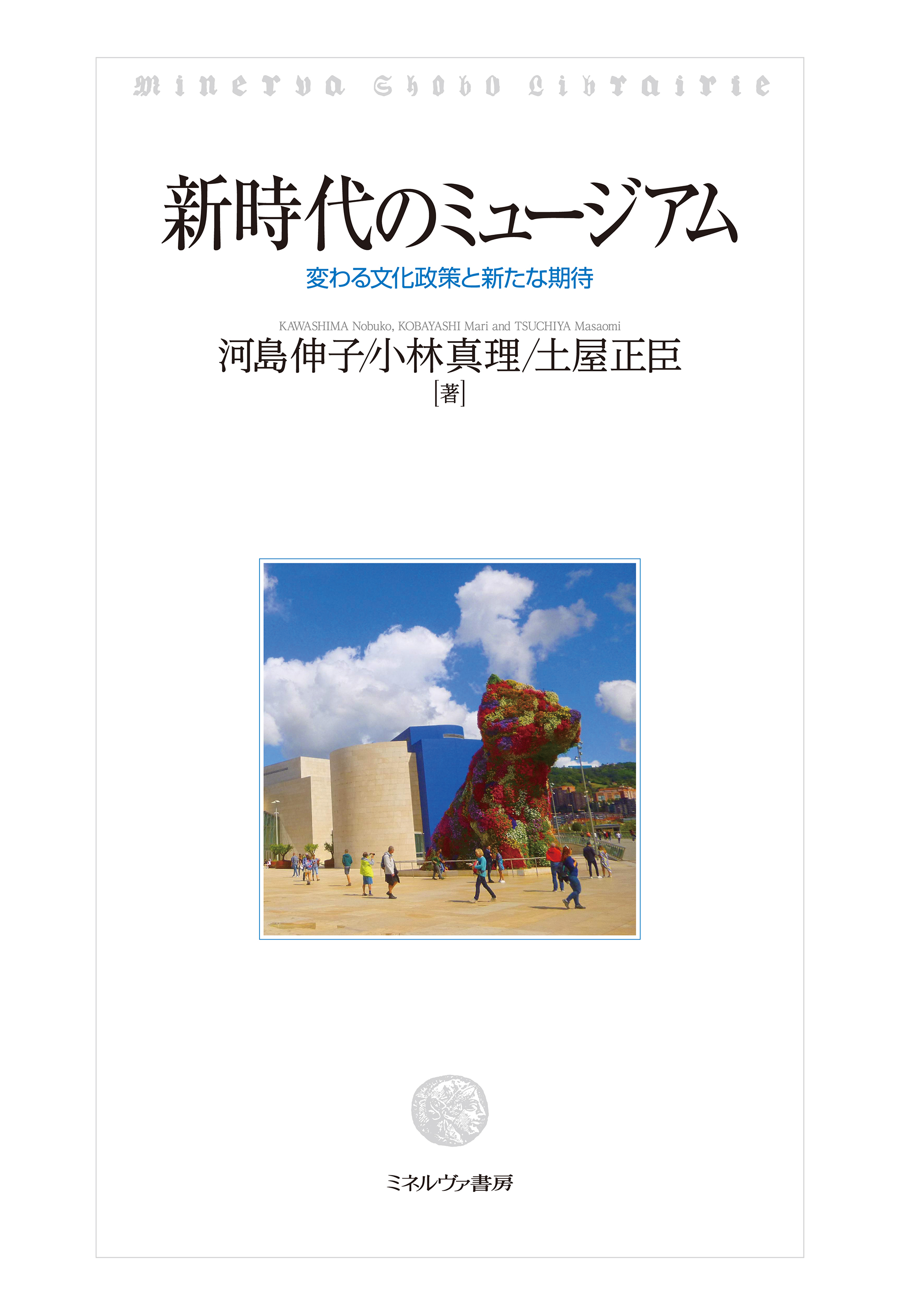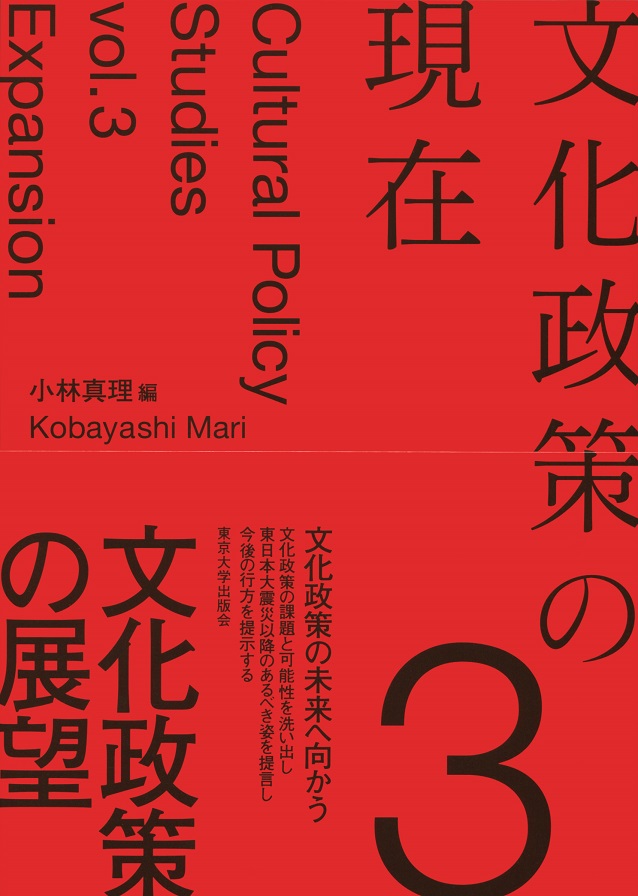
Title
Present Cultural Policy Bunka-Seisaku no Tenbo (Vol.3 Prospects for Cultural Policy)
Size
308 pages, A5 format
Language
Japanese
Released
April 27, 2018
ISBN
978-4-13-003497-5
Published by
University of Tokyo Press
Book Info
See Book Availability at Library
Japanese Page
This book is the third volume in the series Present Cultural Policy.
Volume 3, “Prospects for Cultural Policy,” is intended to give a broad view of the challenges to and the potential of cultural policy research and practice. Since the 2000s in particular, we have seen how scenarios in which the construction of cultural facilities to provide services was treated as cultural administration have expanded to include activities not based in these facilities. At the same time, public activities were being undertaken with the participation of citizens and non-profit organizations rather than as policies being handled exclusively by administrative bodies. It presents a situation in which various agents propose and practice policies, as seen in governance theory, in the domain of cultural policy as well. However, it is not easy to expand these to the practical field even while discussing them as noteworthy cases. In this volume, we discuss the kinds of policies or systems that should be created in the future. Having focused on functions—particularly the uniting function of culture and the transmission of historical memory that had been reconfirmed in Japan since the Great East Japan Earthquake—we critically study the redefinition of cultural policy and the reconstruction of systems centered on the promotion of the arts that have expanded.
This book is divided into three parts: 1. “Conversion of Values,” 2. “Deepening of Practice,” and 3. “Redefinition of Cultural Policy.” Chapter 1 of Part 1 takes the problem of cultural policy and law to be “how to position culture, which includes the arts, in such a way that it considers the social systems that encircle it” while arguing for the necessity of those systems alongside harmonizing the public and private spheres when the concepts of public and private have been transformed. Chapter 2 tracks the change in the concepts of conservation and use in cultural property conservation administration, with the slogan “From conservation to use of cultural properties” in the background, to propose a perspective, a system of value of cultural properties, to again question the “zero-sum relationship” between conservation and use. It also focuses on “subsidization” as the core source of support in arts promotion policy. It also considers how, if the process of creating effective techniques and the actualization of regional distribution of their authority by local self-governing bodies are important, the sharing of concepts should be carried out under the present circumstances, where citizens are increasingly participating in the process of enactment of cultural policy by local government bodies, by focusing on the development of cultural policy theory in Europe. This clarifies the reality that there is a rising need for change in administration and in citizens. Additionally, the domain of cultural policy has been expanded because, while it may have been a survival strategy in the policy domains of culture and art, this situation is possible only in Japan, which has been conscious of its necessity and position in the global context.
This sums up the message we wish to share with those interested in cultural policy and involved in its research and practice. It also sums up the entire series, which includes both theoretical and practical considerations.
(Written by KOBAYASHI Mari, Professor, Graduate School of Humanities and Sociology / 2018)



 Find a book
Find a book


